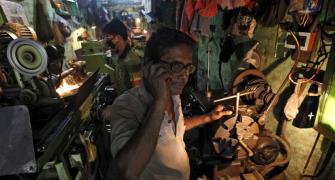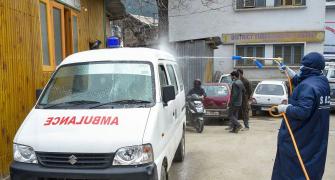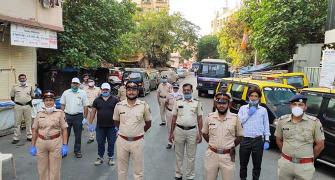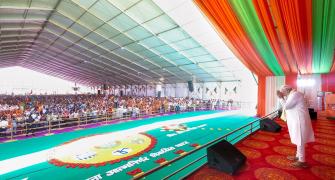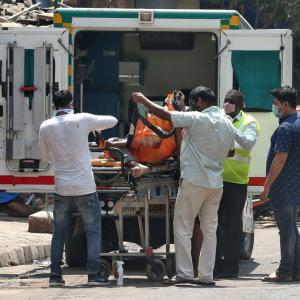'Unless the State is a welfare State, unless the State has more welfare measures, it will not be able to deal with these kind of sudden situations.'

"Our GDP is around Rs 180 lakh crore, so 10% of that -- or at least 5% to 7% -- is fair enough to meet the kind of shock that people are going to bear if the lockdown is to end by the end of April or early May," says Professor Pusphpendra Kumar Singh, Chairperson, Centre for Development Practice and Research, Tata Institute of Social Science, Patna.
A sociologist who has conducted extensive research on rural-urban migration, Professor Singh, below, tells Rediff.com's Archana Masih what the government can do for India's poor after the lockdown ends. The concluding segment of a two-part interview:
- Part 1: Hunger is a real problem'
What can the government do at this time for the migrant poor?
The government can do certain things which it has done in the past. For example, to ensure accessibility, in the past, the government sold grains in the market through mobile vans. In this case, the government has more than 60 million metric tonnes of grains in the Food Corporation of India godowns.
If they even gave this for free, it will help the government to lessen the stock which may be rotting. It will help the government to manage the stock.
In order to fight the menace of malnutrition, the first thing the government should do is to ensure that not only are people not going hungry, but their nutritional standards are maintained and improved.
The food distribution should be streamlined so that the poor and the rich can buy for Rs 2 or Rs 3 per kg -- or it can even be given free to BPL card holders.
Even those without ration cards should be allowed to access food through the public distribution system.
The government should emphasise on mobilising the entire FCI distribution system up to the dealer. This should be the first priority.
How would the migrant situation improve if there was even a phased lifting of the lockdown?
People are waiting for the lockdown to be lifted.
I feel once that happens there will be more exodus from urban areas and more will go back home.
At the same time, if in states like Punjab, if the epidemic is under control and no new cases happen, then a group of workers will definitely go for wheat harvesting.
There will be movement in a different direction. You will not have a linear narrative for what will happen in the post-lockdown situation.
Some people, depending on their relationship with their employer, may go back provided there are no new cases.
One must also keep in mind that the family members of the migrants will be concerned and will persuade them to stay back in the villages and make do with the resources at their hand.
The family may prevail upon them and prevent them from going back saying that life is more important.
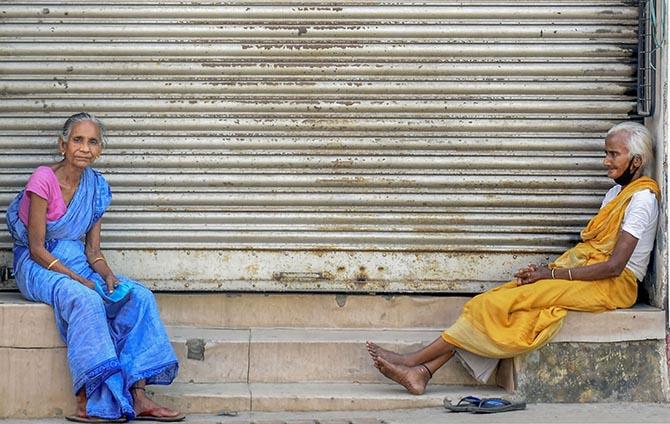
Do you think India will have to be a welfare State for at least a year?
More than that. We have to see things differently.
Earlier, used to be people's exodus from rural areas in large numbers. The exodus happened during drought, famine, floods, epidemics like plague and smallpox.
What is happening now is that kind of exodus is episodic, more of a regular pattern of migration. This migration is different from an exodus. Now exodus from rural to urban areas is episodic.
The 2016 drought in Maharashtra compelled many people to leave parts of rural Maharashtra and come to Mumbai or Pune.
What is happening now is that the exodus is basically from urban areas. This exodus is caused by State action or inaction where these migrants are working -- for example, demonetisation, the post-epidemic lockdown or son of the soil politics.
Our system is not equipped to deal with this new kind of exodus when there are large number of people who want to go back with no access to a working transport system.
Our welfare mechanisms are designed to help people in normal situations, not in situations like a lockdown.
All our welfare measures are related to retirement, pension and insurance related to death or disability -- it is either post death or post retirement.
None of these are related to the present crisis.
We need to devise policies for such kind of health and economic crisis which we may face more in times ahead.
Unless the State is a welfare State, unless the State has more welfare measures, it will not be able to deal with these kind of sudden situations like a lockdown or economic catastrophe.
Our present welfare mechanisms are completely inadequate to deal with such emergencies.
Our welfare schemes have to be more appropriately designed.
What will be the economic cost of this lockdown?
In the past, the economic costs of public sector banks going bankrupt have been compensated by State bailouts. Here is a situation where both the public and private sector are affected, but the impact is more on the poor because their ability to withstand this crisis is very low.
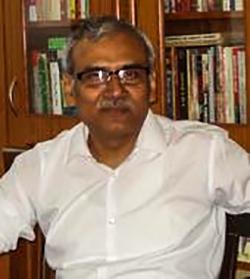 The bailout this time has to keep in mind both these two very different kind of categories of people. We are talking about the 50 crore workforce in the country, out of which according to government data, 42 crore are in the informal sector.
The bailout this time has to keep in mind both these two very different kind of categories of people. We are talking about the 50 crore workforce in the country, out of which according to government data, 42 crore are in the informal sector.
On the other hand, the important public and private enterprises also have to be sustained. A large-scale job loss will also impact the welfare of workers.
Our GDP is around Rs 180 lakh crore, so 10% of that -- or at least 5% to 7% to begin with-- is fair enough to meet the kind of shock that people are going to bear if the lockdown is to end by the end of April or early May till things get restored.
5% to 7% of GDP will go a long way.

